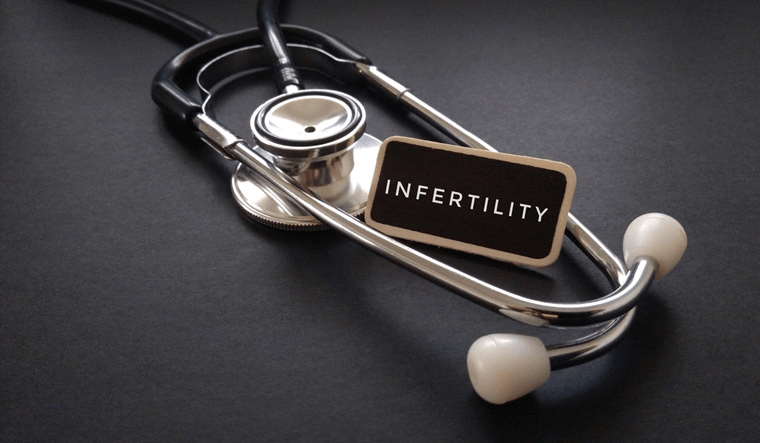Can My Breech Baby Be Moved?

When a baby is in a breech position, it can pose significant risks during a vaginal delivery, including the potential for umbilical cord compression. Due to these risks, the mortality rate for breech babies is about four times higher than for babies in the vertex (head-down) position. As a result, many breech babies are delivered via cesarean section. However, there are methods you and your healthcare provider can try to move your baby into the optimal position for a safer delivery.
Techniques to Encourage Baby Movement
Several non-medical techniques may help encourage a breech baby to turn head-down:
- Hip Elevation: Lying with your hips elevated higher than your head can sometimes encourage the baby to move. You can achieve this by placing pillows under your hips or lying on an inclined board.
- Sound and Light Stimulation: Some women place headphones playing music or a flashlight near their pubic bone, as it is believed that babies might move toward the sound or light. While there is no solid scientific evidence to support these methods, they are harmless and might be worth trying.
- Pelvic Tilts and Breech Tilt Exercise: Specific exercises designed to create more space in the pelvis can sometimes help the baby to turn. Consulting with a prenatal exercise specialist or a chiropractor trained in Webster’s technique might be beneficial.
Also read: Understanding Vaginal Discharge During Early And Late Pregnancy
Medical Procedure: External Cephalic Version (ECV)
A more direct approach to reposition a breech baby is through a medical procedure known as an External Cephalic Version (ECV):
- Procedure Timing: ECV is typically performed around the 37th week of pregnancy, as most babies will have naturally turned head-down by this time.
- Process: During ECV, your healthcare provider will apply firm pressure to your abdomen to encourage the baby to flip to the vertex position.
- Monitoring: The baby’s heart rate is closely monitored throughout the procedure to ensure there is no distress, especially if the umbilical cord is positioned in a way that could complicate the maneuver.
- Success Rates and Safety: ECV has a success rate of about 58%, and when performed by experienced practitioners, it is considered safe. However, there are risks, such as premature labor, rupture of the membranes, or changes in the baby’s heart rate, which is why it is done in a controlled environment.
Conclusion
While there is no guarantee that a breech baby can be turned, attempting to move the baby can sometimes avoid the need for a cesarean section. Discussing all available options with your healthcare provider will help determine the best course of action for you and your baby’s health.
Also read: Understanding Vaginal Discharge During Early And Late Pregnancy






